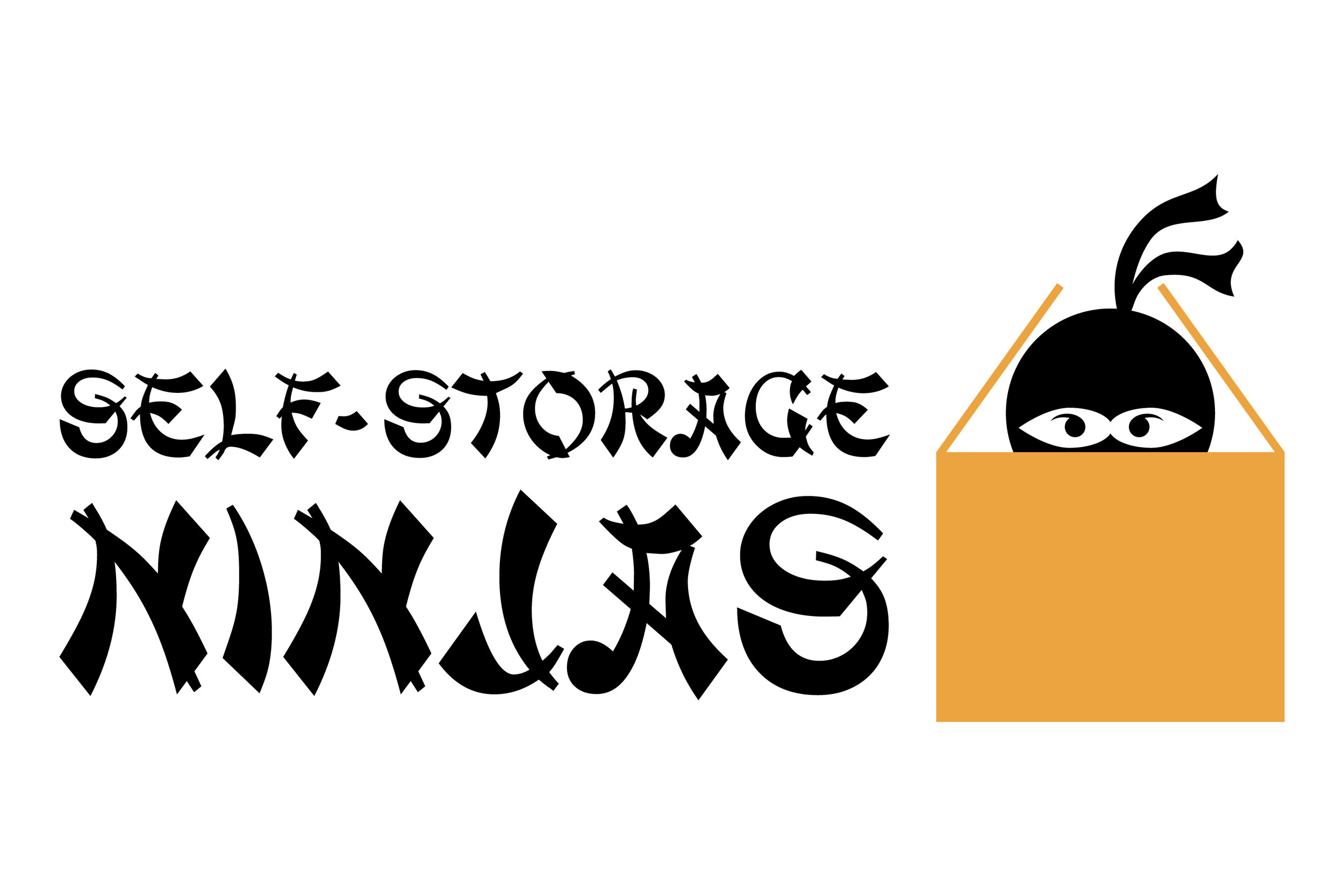Boat and RV Storage Feasibility Studies: Fundamentals
When it comes to boat and RV storage feasibility studies, there are a few crucial differences from self-storage feasibility studies. Starting with the fact that most boat and RV facilities are outside of major cities, rather than embedded within a community. They simply need more space than self-storage—you can’t do a multi-level facility with those types of machines in storage.
Similar but Different
There are different demand drivers to consider within a boat and RV storage feasibility study, but first, let’s look at the drivers that transfer:
Competitive supply
Rental rate trajectories
Occupancy rates
Proposed facilities in development
Consumer demographics and psychographics indicators
These are universal for evaluating the viability self-storage and boat and RV facilities. You will need to know the competition regardless of which type of facility you’re looking into developing. Rising prices and few vacancies are the signs of unmet demand, as are an increasing population base and incomes. Conversely, an abundance of new supply hitting the market or in lease-up in your submarket can also kill your project’s feasibility.
Some demand drivers that are unique to boat and RV storage are:
Customers store for different reasons
Structural changes in demand
Tourism
Community associations
The needs of consumers differ from boat and RV storage to self-storage. This doesn’t mean you couldn't provide both (depending on your facility's location that could be the wisest choice). That’s another reason to commission a boat and RV storage feasibility study. From there, you can determine if the need is great enough to support both, or, if the need is present at all.
Amenities
Considering the limitations and special requirements of boat and RV storage, they are sometimes combined with self-storage to maximize return on investment. Many storage companies will have multiple locations with differing offers.
Amenity expectations for boat and RV storage customers deviate from self-storage. A common request from customers is a dump station, along with electricity to keep their batteries charged, wash bays, in/out valet service (trailering boats to nearby recreation areas and putting boats in and out of the water), and repair services. Such items are not considered in standard self-storage feasibility studies.
The two studies are not directly transferable without some adjustments to what amenities make sense for the area, and what the expectations are regarding boat and RV storage.
Leveraging wide drive aisles and anytime access should be a top priority when marketing a boat and RV storage facility. Amenities are all about what makes the facility the most desirable, easy to use, and trustworthy. Not to mention, there’s additional revenue found in some offerings, such as the ability to command premium prices and fees for ancillary services.
Providing lockers for additional storage for boat and RV storage units is another amenity to explore. You could use portable storage containers or even build permanent lockers at the ends of the buildings, as space allows.
On the flip side, there are some amenities worth outsourcing. Repair work, interior/exterior detailing, and in/out service are all offerings that are labor-intensive, and could be completed in partnership with local contractors and small businesses. Consider what you’re willing to put time and energy into and what makes the most sense budget-wise.
Market demands/consumer profiles
Not every market will have the need for boat and RV storage. The needs of a rural area in Kansas will differ greatly from those of an urban area in New York. That’s the obvious part of a boat and RV storage feasibility study.
The less obvious part is determining what type of boat and RV storage is best for the residential, seasonal and business clientele of the proposed facility. Specifically, what are the people who own boats and RVs like? That’s where a feasibility study is of the utmost importance. You need to know what your market is—who are you selling to? Who needs your services? Those demographics and numbers are what determine if your establishment will be profitable or not.
Is there security in the boat and RV storage industry?
If we look to Recreational Vehicle Industry Association’s (RVIA’s) RV Owner Demographic Profile, they predict increasing popularity among 18-to-34-year-old’s around owning RVs.
“RV ownership has increased over 62% in the last twenty years with a record 11.2 million RV owning households, split almost equally between those over and under the age of 55, with significant growth among 18-to-34-year-olds, who now make up 22% of the market,” says the RVIA.
With this in mind, it makes sense that RVIA’s research found that 9.6 million households are looking to purchase an RV within the coming five years.
Exploration is likely a main draw for the RV life, buoyed by the surge of remote work brought on by COVID-19 precautions. With hybrid and remote work becoming more of the norm, people are recognizing the flexibility that accompanies it. With that flexibility comes the freedom to travel and hit the roads in their RVs, all while earning a paycheck. This is fortunate since they’ll need all the help they can get to pay off their new toy.
Surveys show promising surges in RV ownership that indicates this is still a strong industry to invest in.
On the boat side of the data (particularly in landlocked states in the Midwest) due to the limited amount of time boat owners spend on the water, they do not discontinue their storage unit rental when their boat is not at the facility. This bodes well for keeping boat and RV storage facilities at a comfortable occupancy.
